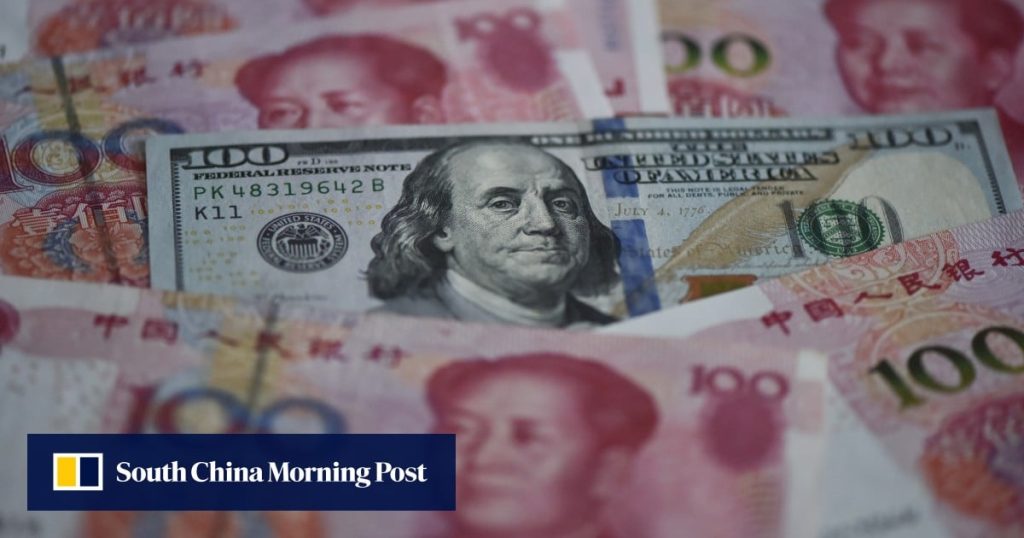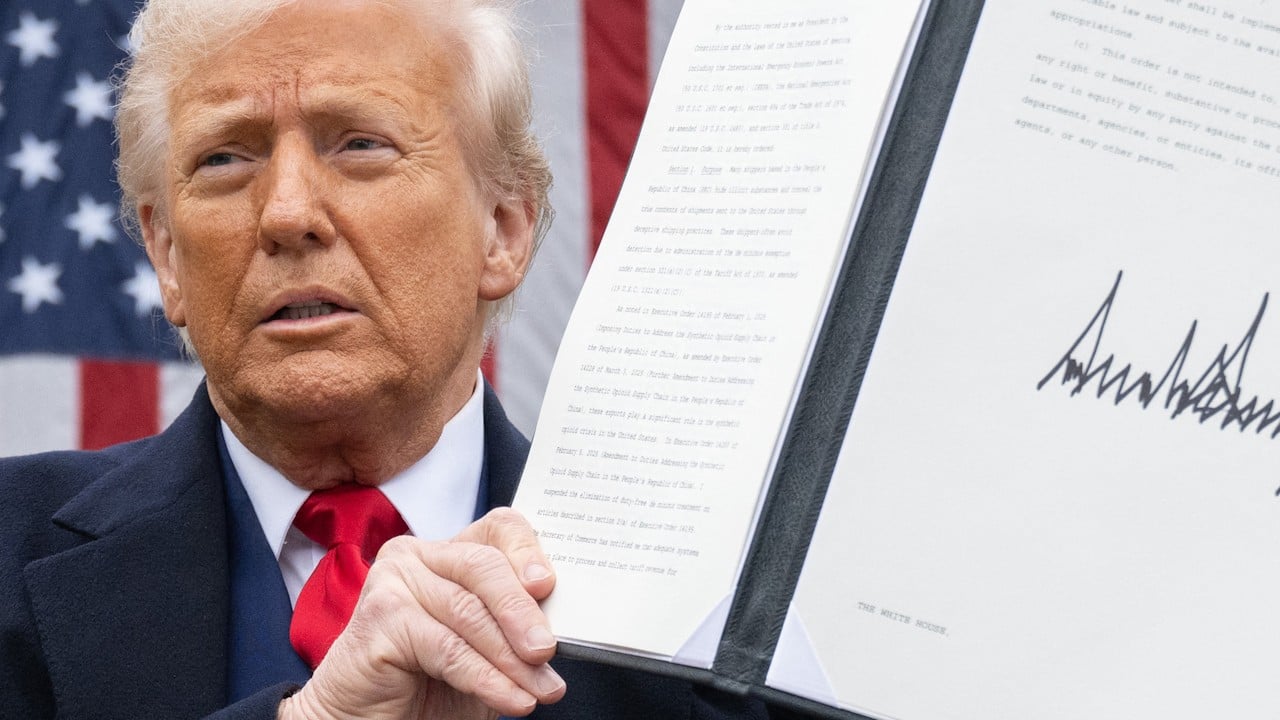While China’s central bank has set the yuan’s daily reference rate to a four-month low against the US dollar, the metric has not yet breached the all-important 7.2 benchmark – a move seen by analysts as a sign of stabilisation efforts rather than the sharp devaluation some expected to offset the impact of US tariffs.
On Monday, the People’s Bank of China set the yuan’s daily fixing – also known as the midpoint rate – at 7.1980 per US dollar, the weakest since early December.
The move came amid heightened trade tensions between China and the US, set off by President Donald Trump’s announcement of heavier-than-expected tariffs last week and a proportionate response from Beijing.
“Emerging market currencies are under pressure from US tariff shocks, and today’s fixing reflects that market pressure,” said Ding Shuang, chief Greater China economist at Standard Chartered.
The rate has not moved past the PBOC’s long-held 7.2 ceiling, which Ding said “signals the central bank’s intention to stabilise the yuan”. A rate above or below 7.2 is seen as a broader indication of the currency’s weakening or strengthening against its US counterpart.
“Such a mild depreciation does little to offset the current tariff hike,” Ding said, adding he expects the central bank to maintain its strategy until the next round of tariffs is announced.



